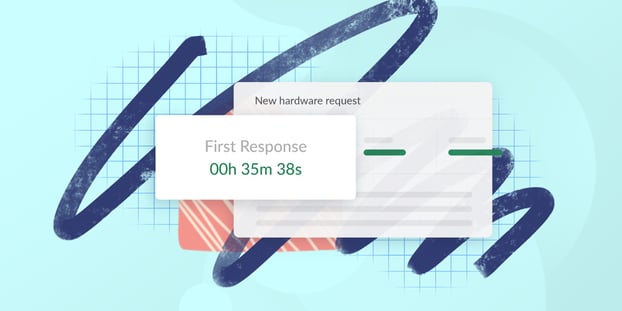It’s well known in the ITSM world that Service Levels Agreements (SLAs) are critical for any company that wants to offer outstanding customer service for internal and external clients. However, organizations often face a problem when they have to create them for different help desks. But worry not because that’s why multiple SLA policy is here for.
This practice allows you to segment your SLAs according to the different help desks your company has. And by using a standardized policy for delivering services, you can ensure every request is handled according to the same criteria (no matter the department in charge of providing a solution), thus improving end-user experience and gathering reliable data to monitor your teams’ performance.
On InvGate Service Management, you can create and manage multiple SLAs in a few clicks. In this article, you’ll find a quick tutorial to build and implement multiple SLA policies, which will contribute to the incorporation of ITSM practices into non-IT departments (also known as Enterprise Service Management) Let’s get to it!

How to create SLAs with InvGate Service Management
Thanks to our intuitive UI, creating SLAs with InvGate Service Management is like a walk in the park. To start, you need to go to Settings >> Request >> SLA. From there, you’ll be able to apply multiple SLA policies to different help desks according to the nature of the requests they process.
Let’s take a look at the various configuration options available.
Quick SLAs configuration guide
With InvGate Service Management’s SLAs setup, you can:
- Configure first response and resolution SLAs separately to have different policies for each one (that apply to the same help desks).
- Duplicate, edit, or delete existing SLA policies.
When creating a new SLA policy, you have to set the conditions – such as the type of client and priority – and then configure the following:
- Subject
- Expiration time
- Pausing criteria (which can be custom or set to match the help desk schedule)
- Evaluation change (to enable the evaluation of different SLAs if there is any change on the request)
- Log time
- Expiration time visibility by the end-user
Finally, you can determine different actions according to how much time has elapsed since the creation of the request, like sending notifications to managers when the SLAs have expired. And you can also be proactive by setting different actions when any given time of the SLA has passed, such as:
- Trigger an approval
- Reassign the request to another agent
- Reject the request
- Add an observer
- Change the priority of the request
- Escalate the request
- Change the category of the request

How to implement multiple SLA policies with InvGate Service Management
Depending on your company's strategy and needs, you can either create multiple SLA policies for different help desks by adding groups of conditions in the configuration, or build one standard SLA and duplicate it to adjust it according to the nature of the help desk.
In summary
SLA policies are important for a number of reasons. First and foremost, they help to establish clear expectations between end-users and support agents. Additionally, they allow companies to offer different levels of service to different end-users, based on their specific needs and requirements.
Configuring a multiple SLA policy with InvGate Service Management is a simple process with multiple features that allows you to adjust them to meet the nature and necessities of every help desk. In addition, applying them is as simple as selecting the help desk from the SLA configuration menu.
Want to see it for yourself? Request our 30-day free trial!















